The Federal Battery Rebate Incentive is Now Available
The Federal Battery Rebate Incentive is Now Available
Posted 7 May
Everyone has heard of Alternating Current (AC), and Direct Current (DC), or at least of the band.., but what do these terms actually mean in the context of the electricity that powers your home? Whilst it sounds like a difficult topic, it's actually pretty easy to get your head around it.
Here is a quick guide on the differences between AC and DC with real life examples and diagrams to help you further your knowledge in
the electrical realm.
Ultimately, whilst they are both currents, the difference is that DC only flows in one direction, whilst AC flows both directions.
DC (direct current) refers to a current consistently flowing in one direction. DC is the form of power used in battery storage and solar energy.
AC (alternating current) represents the dynamic direction where both positive and negatives are switched at intervals, where electrons keep switching directions, changing the flow of electrical current.
What's an electrical current? An electrical current is the flow of electric charge, commonly transferred by electrons passing through a conductor like a wire. This is measured in amperes (A) or 'amps'.
What are DC and AC used for? AC is used in everyday appliances like fridges, washing machines, lighting, and fans, whilst DC is used in electronics and circuitry like clocks and phones, and it’s also used in every type of battery.
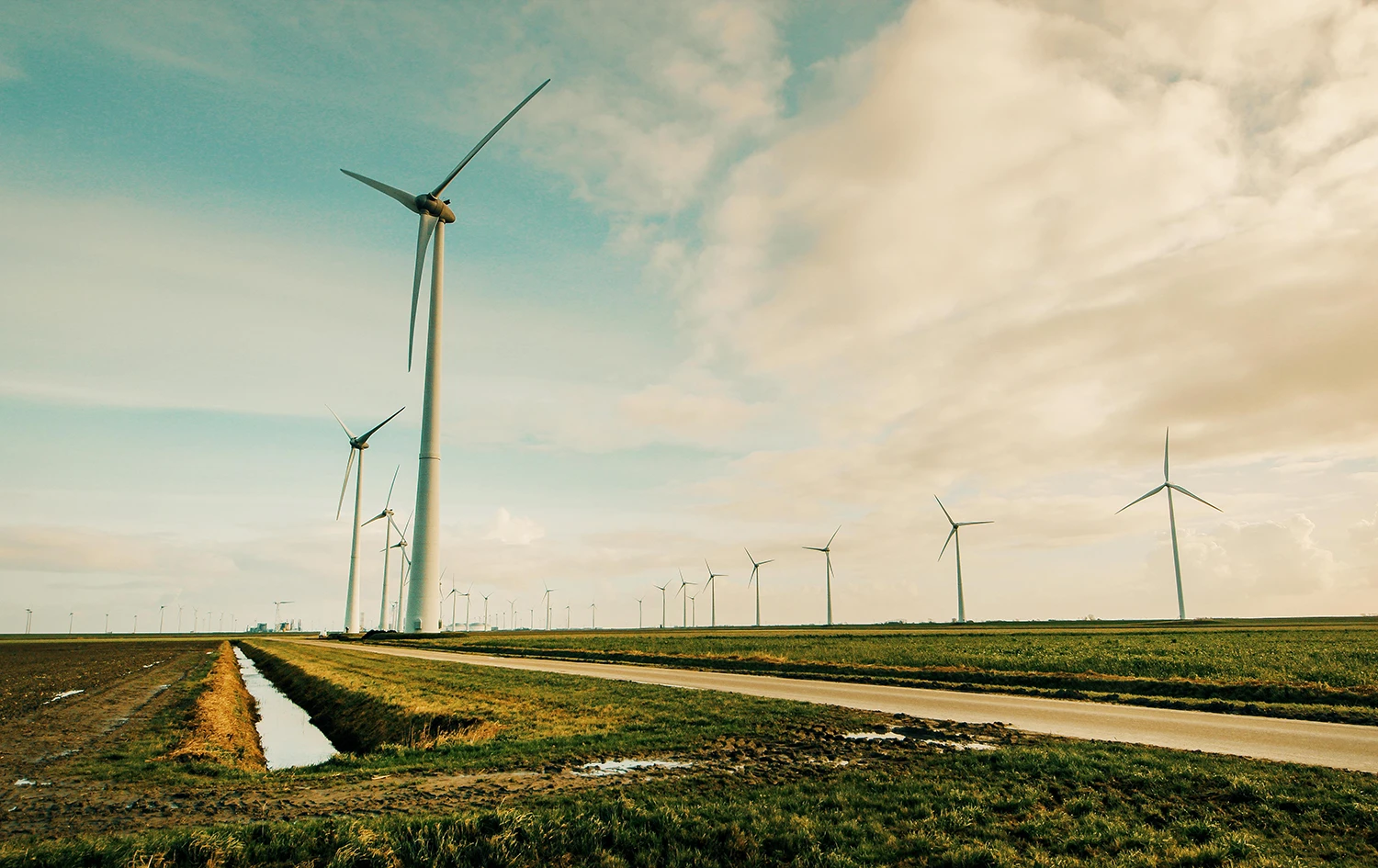
Alternating current (AC) is used more for longer distances and can provide more power. When travelling long distances, AC is mostly used due to its variable voltage where the voltage can be increased for long distance travel and economic reasons, and then reduced by a transformer for commercial and residential properties.
AC usually sits around 50 – 60Hz depending on your location, whilst DC power stays at 0Hz. Australia’s residential power supply is 240V, 50Hz. The Power factors are 0-1 for AC, and 1 for DC.
Alternating current is essentially used to minimise energy inefficiencies and losses over longer distances.
A transformer is an AC exclusive feature where the voltage can be increased or reduced according to their destination. For example, if a power station produces energy, the energy voltage is increased to be transported to your local transformer which is then reduced back down to power your appliances.
Direct Current (DC) is on the other hand is mostly used for low-voltage applications such as powering phones and electrical circuitry in computers and is also used in batteries, including electric vehicle batteries.
When you charge your phone, notice the plug that connects the USB cable to the outlet or when you charge a laptop, the big brick thing that gets hot... that is in fact an inverter which converts the homes’ AC power into your phone or laptop DC battery.
Side note: DC can be powered over long distances with voltages over 500,000 V or more, but AC is more commonly used.
The main difference between Alternating current and Direct current is the application that it’s used for.
In its simplest, direct current is better for energy storage such as home
and EV batteries, where household energy usage and most transportation is AC.
One of the main differences between AC and DC is how AC voltages can be easily transformed to a higher or lower voltage level, while this is not as easy with DC. This feature allows AC to be easily distributed over long distances, making it the preferred choice for power transmission.
Whilst batteries are DC, there are more ‘AC coupled’ batteries which means the battery has a built-in inverter for standalone usage. Like the Tesla Powerwall 3, the battery would be an all-in-one unit which could be easily connected to a house and solar system.
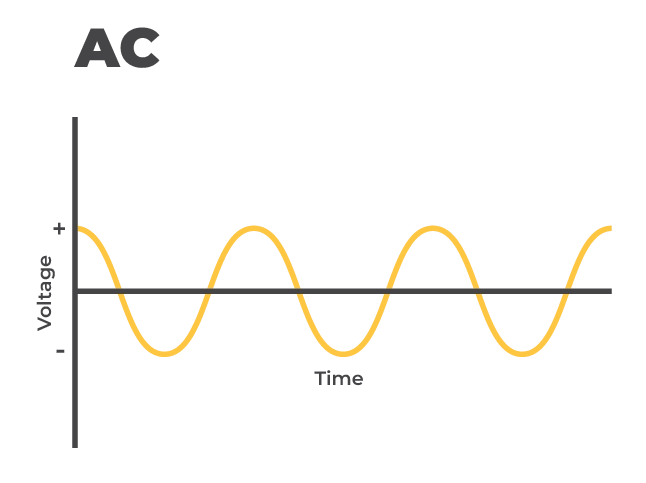
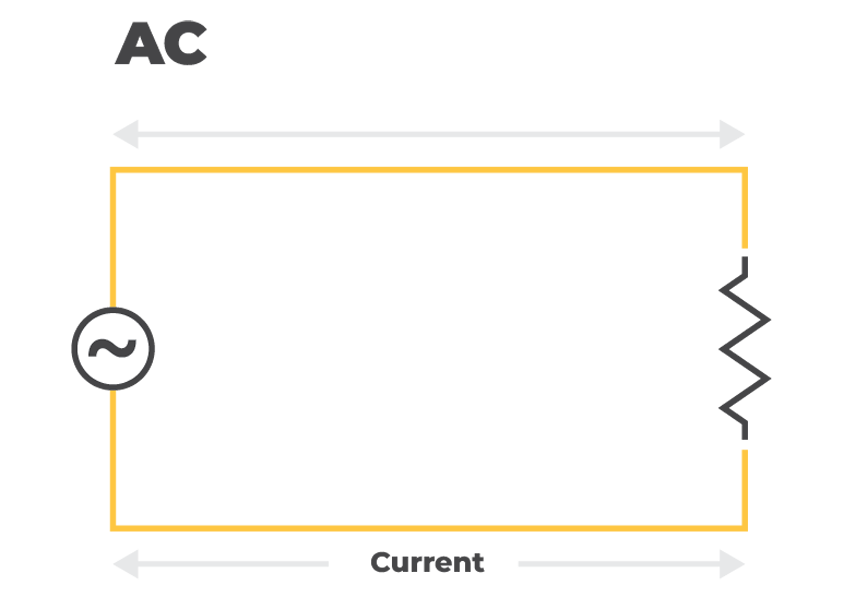
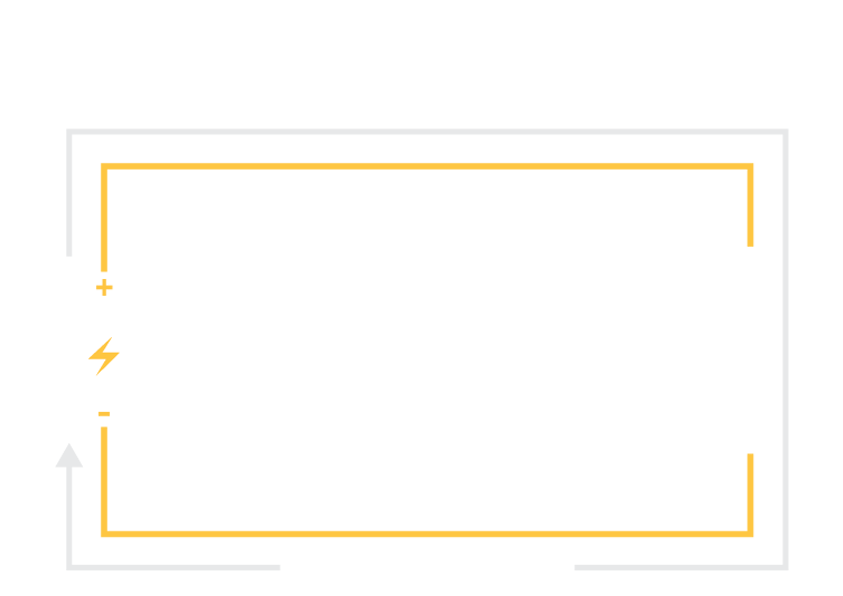
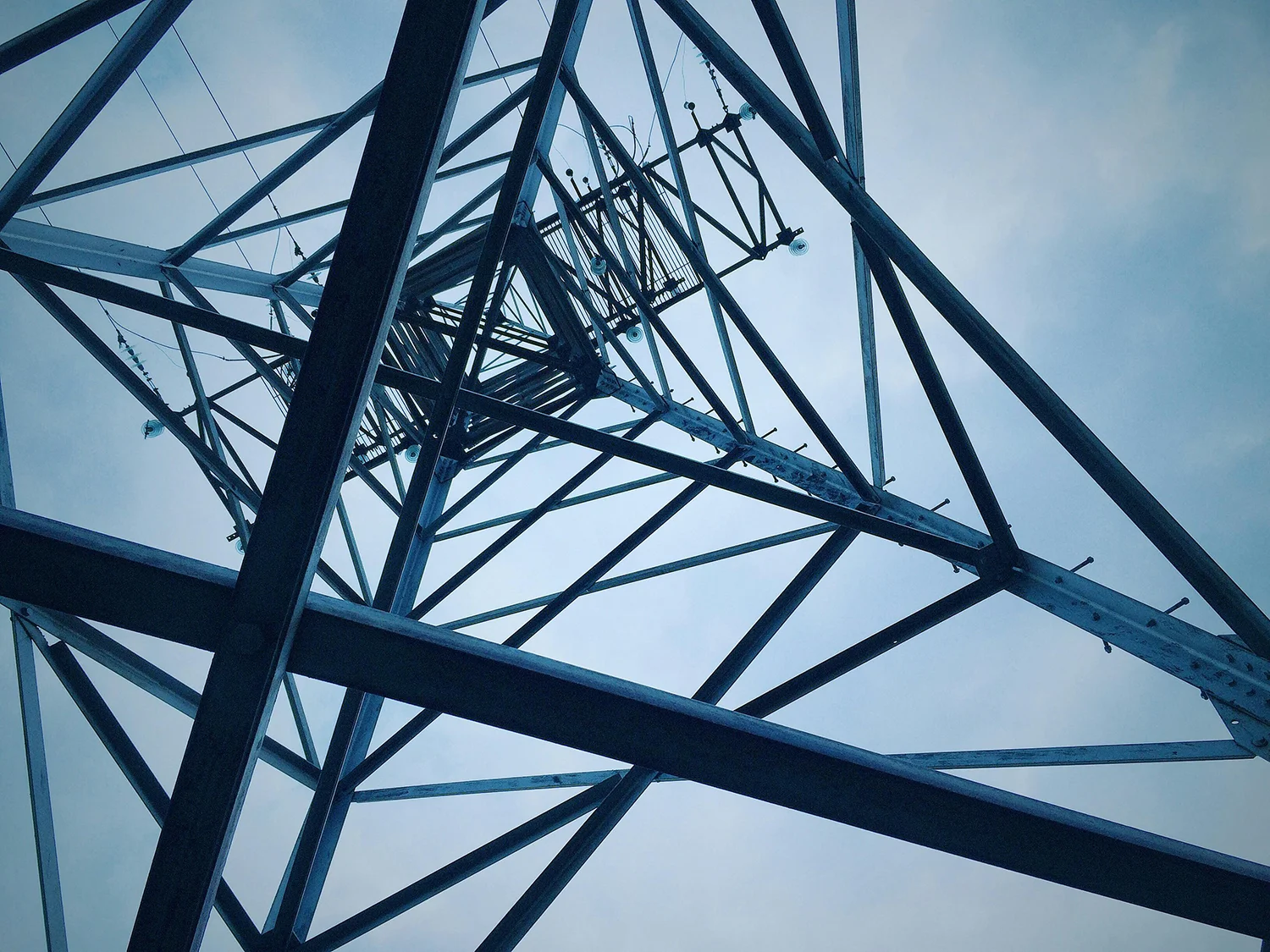
A solar system consists of a few components, but both AC and DC are used in some part of the system.
When the sun hits in the solar panels, a DC current is generated which travels to the solar systems’ inverter (this could be a string inverter, or micro-inverters), which then the Inverter converts the incoming DC power to AC power. The AC power is then consumed by the house and excess is sent back into the grid.
If you own a battery, most systems still convert the DC solar power into AC for home usage, and any excess is then re-converted back into DC for the battery with a battery management system (BMS) or solar controller. When the sun is down, the battery exports that power into home usage converting it again from DC to AC.
As the EV boom continues, we are seeing a lot of interest in EV Chargers. Electric vehicle chargers allow your property to power your car, depending on the type of charging you use.
A common charger we install is the Tesla Wall Connector Gen 3 charger which is 11.5kW, AC, single-phase charger. This type 2 level charger allows the vehicle to be charged much quicker than a standard wall plug, and the Tesla Model 3 for example, has an 11kW onboard inverter which converts your home AC power into your battery’s DC power.
Whilst most home chargers are AC, public superchargers are DC which allows for rapid charging as it eliminates the need to convert the power from AC to DC, which is limited by the inverter, instead it relies on the battery's capability of charging which greatly reduces charging times.

Single and three phase specifically applies to alternating current and not direct current. In a three-phase system, there are 3 phases of AC current that is predominantly used in industrial and commercial settings where the delivery of high-power levels is required.
It’s not incorrect to call DC ‘single-phase’ as it is technically one voltage waveform, but that can remain a discussion topic for another day.
Overall, both Alternating and Direct currents serve their purpose and continue to be the battle of the currents.
As we see more innovative energy technology come out over the next decade, it will be interesting where we head with our power generation, distribution, and consumption whether it be through AC or DC or continue to be through both for years to come.
Leave a Comment